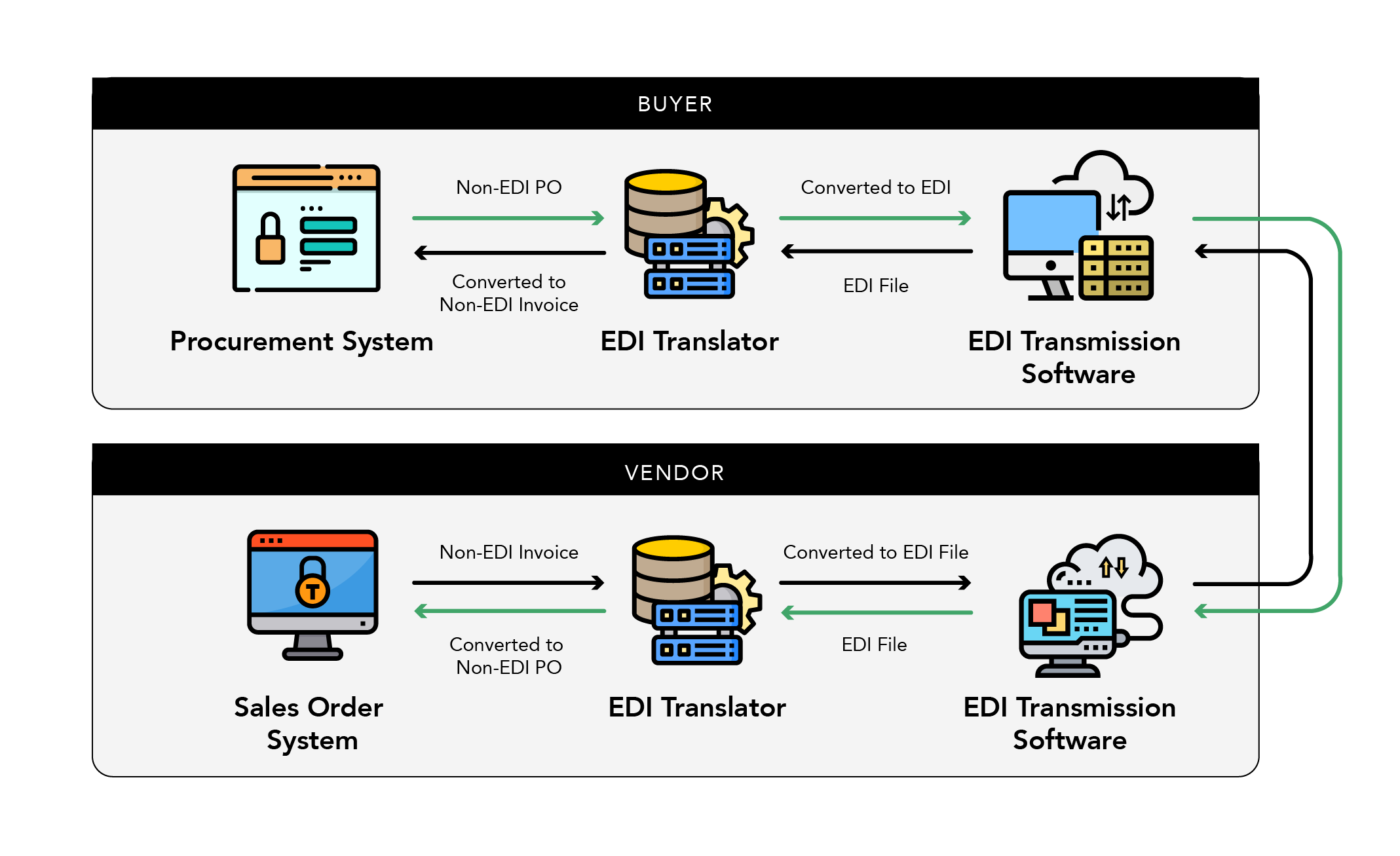What is EDI?
Electronic Data Interchange (EDI) is the secure, automated exchange of business documents in a standardized electronic format.
This ensures that businesses regardless of their systems, locations, or industries can exchange documents accurately, efficiently, and automatically, as the sending and receiving systems can understand each other without human intervention, eliminating confusion caused by different software, languages, or regional practices.

From Paper to Digital : Moving Beyond Traditional Communication
EDI is like a digital language for businesses. It replaces paper and email-based communication with machine-readable formats
Instead of using fax, mail, or email which are slow, error-prone, and costly EDI enables businesses to communicate faster, more accurately, and securely allowing computers from different organizations to exchange documents without manual intervention.








